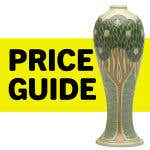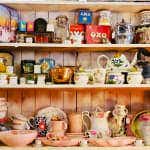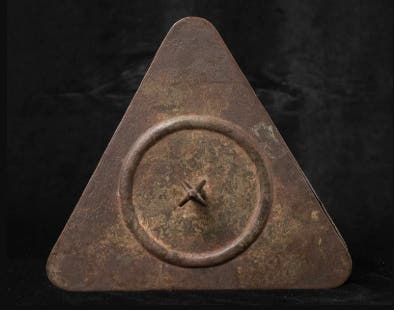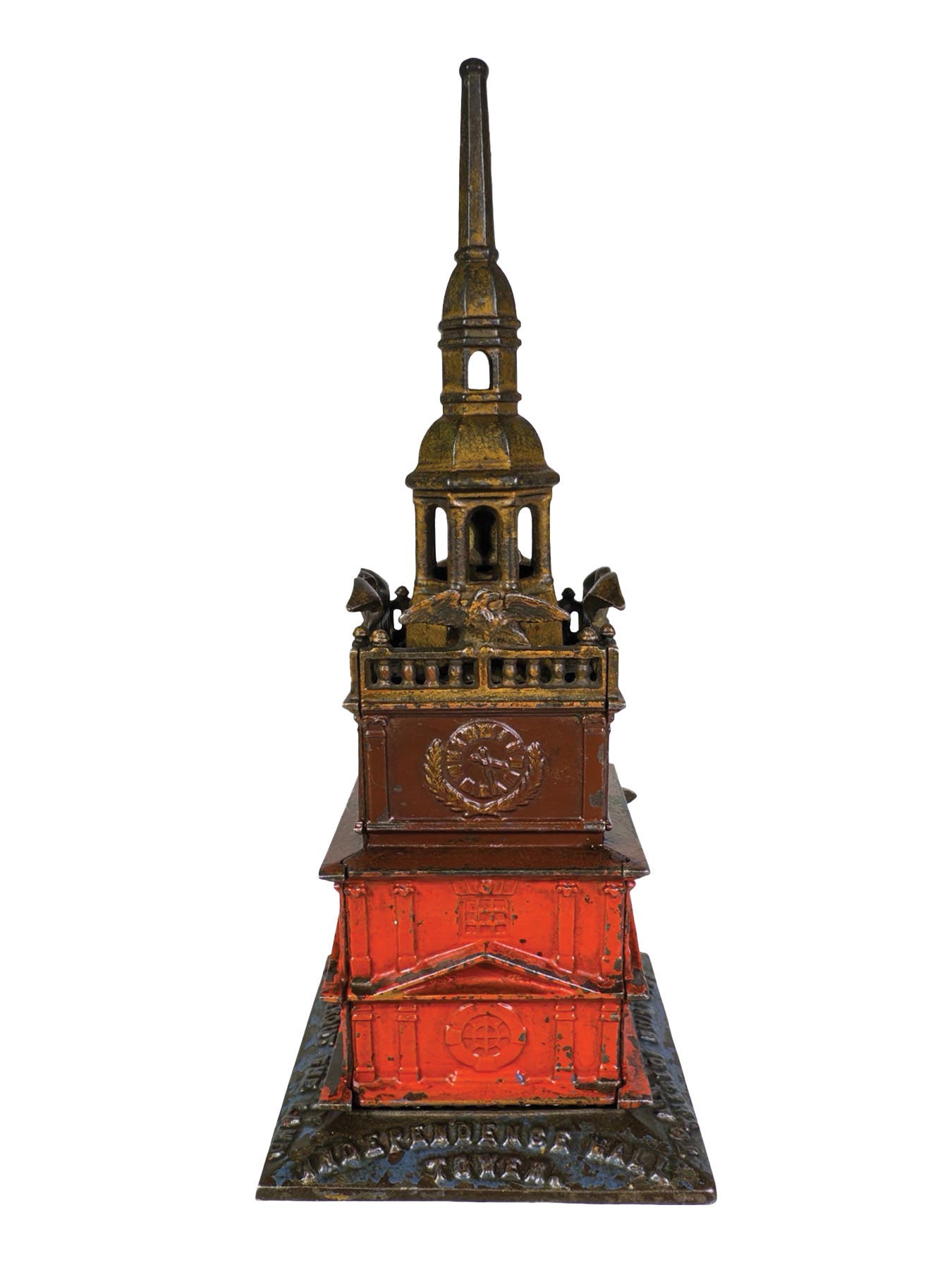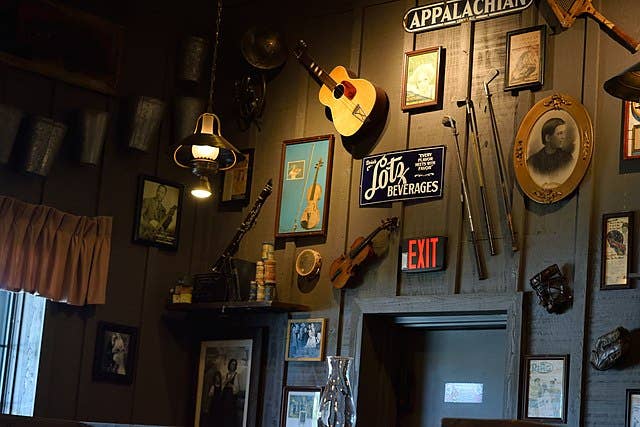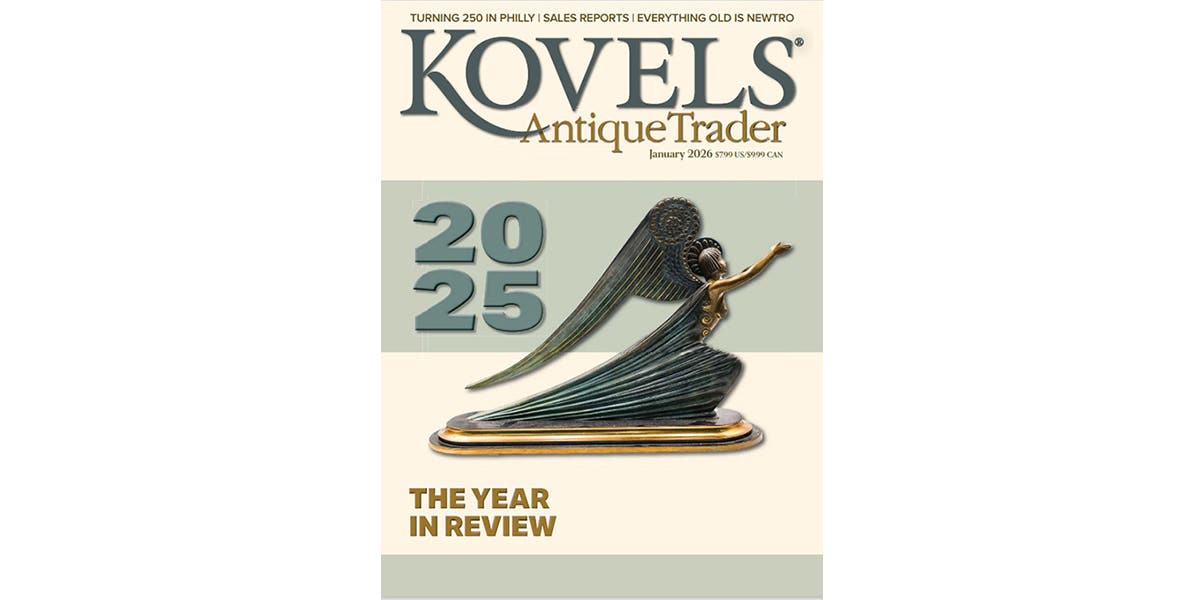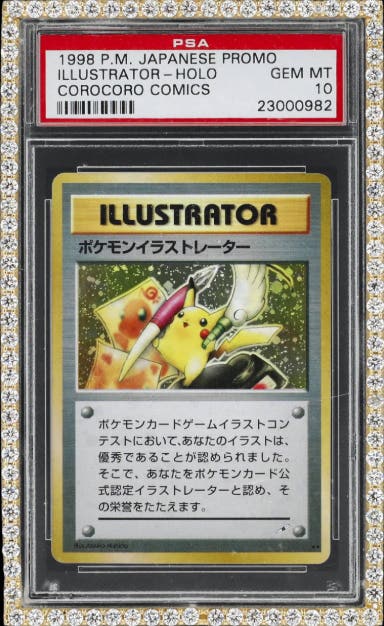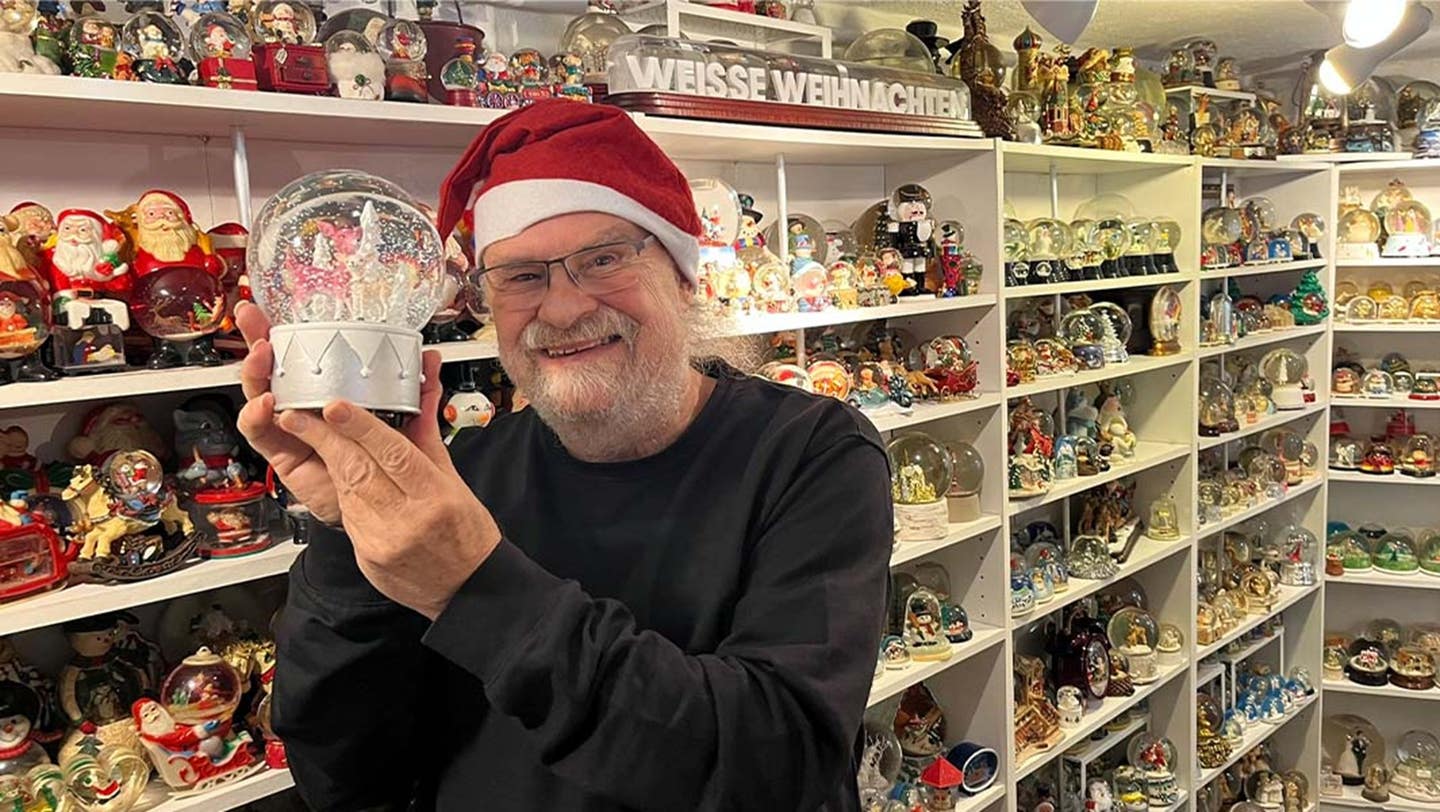Cottingley Fairy Photos Fetch £2,600 at Auction
A rare pair of Cottingley Fairy photographs—kept for decades by a woman who never stopped believing, sold at auction on July 29.
A pair of rare Cottingley Fairy photographs, the images at the center of one of the most famous hoaxes of the 20th century, sold at auction this week for £2,600, but the real story behind them is more bittersweet than magical.
The photographs were sold on Tuesday, July 29, at John Taylors Auction Rooms in Louth, Lincolnshire. What sets these prints apart isn’t just their vintage quality, but their provenance. They came from the collection of Mary Anderson, a woman who believed in fairies her entire life—because her childhood friend was Frances Griffiths, one of the two girls who staged the original Cottingley Fairies photographs in 1917.
As the story goes, young cousins Elsie Wright and Frances Griffiths used a borrowed camera and carefully posed cardboard cutouts to photograph what appeared to be delicate winged fairies dancing in a garden in Cottingley, West Yorkshire. The images remained largely private until 1920, when famed author and spiritualist Sir Arthur Conan Doyle published them in The Strand Magazine as possible evidence of the paranormal.
“The story was big in its day,” said James Laverack, auctioneer at John Taylors, “because Sir Arthur Conan Doyle, who had an interest in spiritualism and the paranormal, got involved and used the images to illustrate a magazine article about fairies.”
But while the public eventually learned the truth, that the images were staged, Mary Anderson never stopped believing.
"It's almost a tragedy,” Laverack continued, “because she went through her whole teenage and adult life believing in fairies, and then eventually, one of the two girls behind the story actually confessed it was a hoax and she was absolutely devastated because she believed in fairies. We've also got a picture of one of the girls and our vendors' mother together, as children, which corroborates the story and makes it fairly unique in that respect."
Mary’s son, David Whittaker of Saltfleetby, remembers just how much the photographs meant to his mother.
"My mother was completely shocked. She had totally believed her friend's story and was so proud of those photographs, always willing to get them out to show friends or anyone else who was interested. Because of them she had spent her life believing in fairies."
The emotional blow of the confession decades later was profound.
"She felt so let down that she brought out the photographs and the big archive of Cottingley Fairies material that she had collected over the years and told us to throw it all out,” David recalled. “It was only because my wife intervened and offered to take care of it in case she changed her mind that it did not end up in the dustbin. She never did change her mind."
Though the hoax was long ago exposed, the Cottingley Fairies continue to fascinate collectors, historians, and lovers of folklore. The recently sold prints are more than charming curiosities; they’re a tangible link to a moment in history when fantasy briefly became fact, and to one woman’s heartbreak when that fantasy was revealed to be just that.
You may also like:
